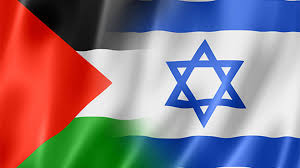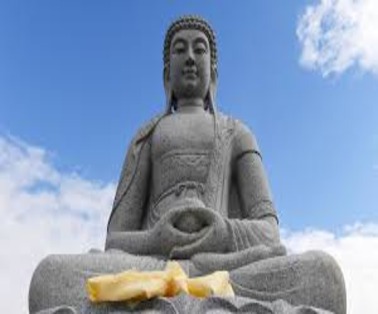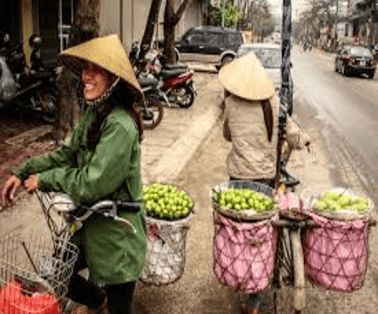At a recent symposium hosted by the University of Arizona titled ‘Conservation, Racism, and Indigenous Peoples Human Rights’, scholars and activists critically examined the Kunming Montreal Global Biodiversity Framework (GBF) and its real-world implications—especially for indigenous communities worldwide
What Is the Kunming Montreal Global Biodiversity Framework?
- This framework was adopted during the 15thmeeting of the Conference of the Parties, or COP15, to the UN Convention on Biological Diversity in December 2022
- It claims to support the achievement of the sustainable development goals and build on previous strategic plans, paving “an ambitious pathway to reach the global vision of a world living in harmony with nature by 2050.”
- Accordingly, four goals were set for 2050 and 23 targets for 2030 toward planning, monitoring, reporting and reviewing implementation, organising finance, and drawing up strategies for capacity development, technical and scientific cooperation, and an agreement on digital sequence information on genetic resources.
- In adopting the GBF, all parties committee to setting national targets to implement it.
Understanding Target 3: The “30 by 30” Goal
- Target 3 of the Kunming-Montreal GBF, which aims to “increase terrestrial, inland water, and of coastal and marine areas, especially areas of particular importance for biodiversity and ecosystem functions and services” to at least 30% of the world’s terrestrial area.
- At present, protected areas (PAs) cover about 16%.
- This target is also known as the “30 by 30” target.
Global Concerns Over Implementation
- Participants at the ‘Symposium on Conservation, Racism, and Indigenous Peoples Human Rights’ felt that the seemingly benign goals of the GBF tilts the scale in favour of corporate houses eyeing forest resources at the expense of the indigenous communities living with nature.
- Indigenous peoples have been denied the right to housing, health, education, electricity, and security in Indonesia’s Ujungkulon National Park
- While Heng Saphen living, an indigenous leader living inside the Beng Per Wildlife Sanctuary of Cambodia was convicted by a kangaroo court for cultivating on her own land.
- About 18% of Cambodia’s Botum Sakor National Park stand protected after much of its land was sold off to private firms, the participants said
The Indian Context: GBF and Indigenous Communities
- India reports bringing 22% of its terrestrial area and 5% of marine and coastal areas under the Protected Area Network.
- While India shows progress in expanding protected areas, concerns arise over legal definitions and diversions of these areas for non-conservation purposes.
- India’s Forest (Conservation) Amendment Act of 2023 expanded the definition of forest activities to include commercial ventures such as zoos and ecotourism, reflecting a commitment to sustainable development.
- However, the Supreme Court has issued directives that require any proposal for establishing zoos and safaris within forest areas(excluding protected areas) to receive prior approval from the court.
Impact on India
- About 84% of India’s national parks (89 out of a total of 106) were established in areas inhabited by the indigenous peoples and meeting the GBF targets will threaten their existence
- For instance, the initiative to upgrade the Kumbhalgarh Wildlife Sanctuary in Rajasthan to a tiger reserve will affect 162 tribal villages located inside and outside the sanctuary
- Expansion of the Nauradehi Sanctuary in Madhya Pradesh is set to affect 62 villages of mostly tribal people.
- The notification for the Barak Bhuban Wildlife Sanctuary in Assam poses risks to Khasis, Dimasas, and other indigenous groups.
- The gazette notification states that the sanctuary “is free from encroachment as per record, there are no rights and concessions of any person in the area” but the Khasis possess documents showing they have been living in the area since 1914.
Conclusion
While the Kunming Montreal Global Biodiversity Framework sets ambitious and necessary goals for global conservation, its implementation must be equitable and inclusive. Indigenous peoples, who have safeguarded biodiversity for centuries, should not bear the burden of achieving “30 by 30” through displacement and marginalization.
Going forward, the success of the GBF must be measured not only in hectares protected, but also in the rights preserved and communities empowered.
To Download Monthly Current Affairs PDF Click here
Click here to get a free demo
Discover all about CLAT Exam



